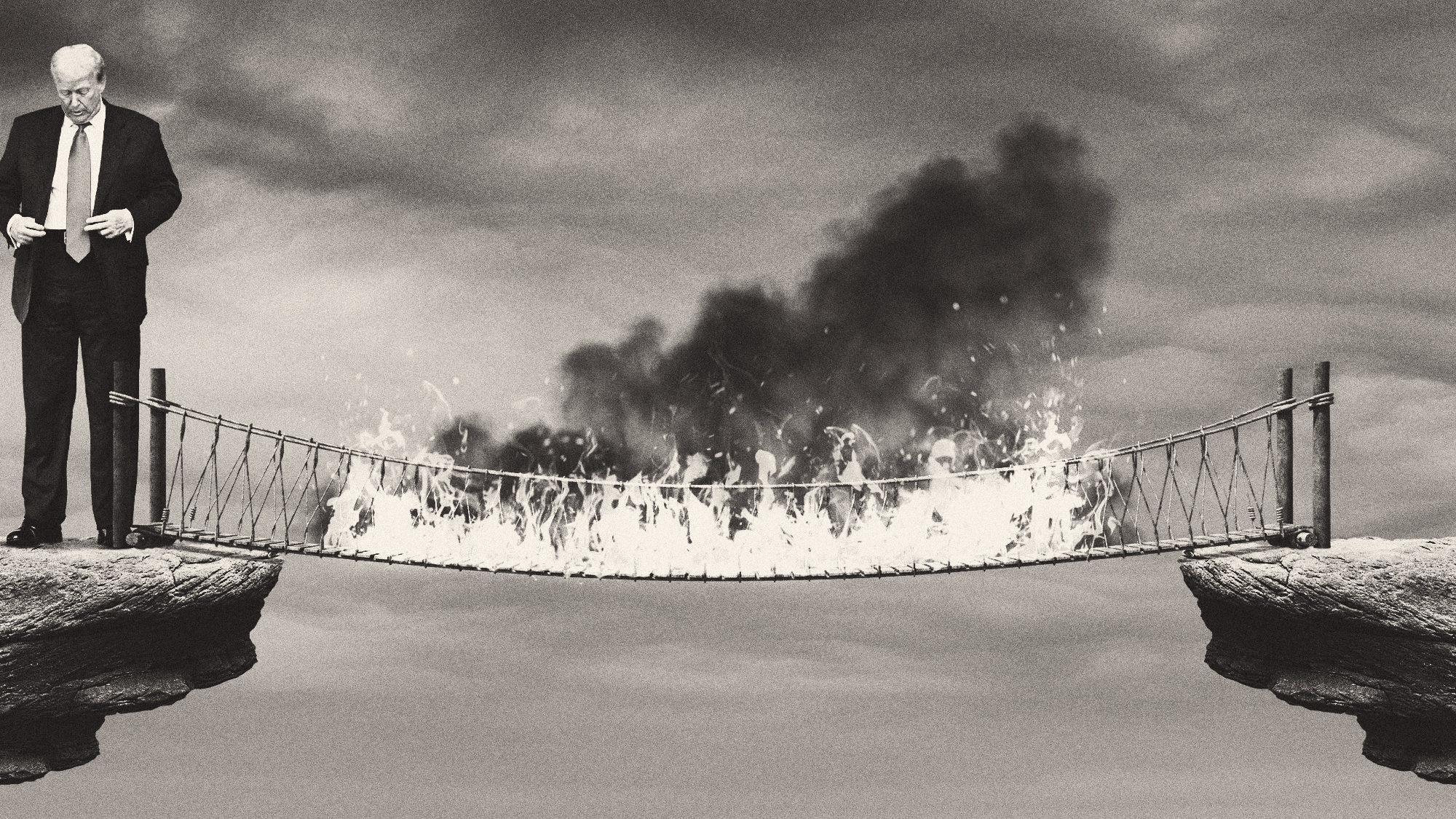Study finds that hepatitis C in the U.S. could become 'rare' within 20 years


Researchers using a computer model say that hepatitis C could become "rare" — affecting no more than 1 in 1,500 people — in the United States by 2036.
Right now, roughly 1 in 100 people have hepatitis C in the U.S., but newer medicines and expanded screenings for adults born between 1945 and 1965 could make the number drop. A study conducted by Jagpreet Chhatwal of The University of Texas MC Anderson Cancer Center in Houston and colleagues modeled the effect the medicines and screenings will have on hepatitis C, and found that it would become rare by 2036, and could even reach that goal by 2026 if there were stricter guidelines for screenings.
The researchers wrote in Annals of Internal Medicine that the screening regimen now would identify close to 487,000 cases of hepatitis C infection within the next 10 years, and using current conditions, 124,200 cases of liver cirrhosis, 78,800 cases of liver cancer, 126,500 liver-related deaths, and 9,900 liver transplants could be prevented by 2050.
The Week
Escape your echo chamber. Get the facts behind the news, plus analysis from multiple perspectives.

Sign up for The Week's Free Newsletters
From our morning news briefing to a weekly Good News Newsletter, get the best of The Week delivered directly to your inbox.
From our morning news briefing to a weekly Good News Newsletter, get the best of The Week delivered directly to your inbox.
"We were pleasantly surprised that in the next 22 years we could make this a rare disease," Chhatwal told Reuters.
Hepatitis C is a viral infection of the liver that, if left untreated, can lead to liver damage, liver failure, and cancer. The researchers say it costs $6.5 billion a year to care for the 3.2 million people in the United States with hepatitis C.
A free daily email with the biggest news stories of the day – and the best features from TheWeek.com
Catherine Garcia has worked as a senior writer at The Week since 2014. Her writing and reporting have appeared in Entertainment Weekly, The New York Times, Wirecutter, NBC News and "The Book of Jezebel," among others. She's a graduate of the University of Redlands and the Columbia University Graduate School of Journalism.
-
 Did Trump just end the US-Europe alliance?
Did Trump just end the US-Europe alliance?Today's Big Question New US national security policy drops ‘grenade’ on Europe and should serve as ‘the mother of all wake-up calls’
-
 How the War Department became the Department of Defense – and back again
How the War Department became the Department of Defense – and back againIn Depth In 1947 President Harry Truman restructured the US military establishment, breaking with naming tradition
-
 Codeword: December 8, 2025
Codeword: December 8, 2025The daily codeword puzzle from The Week
-
 FDA OKs generic abortion pill, riling the right
FDA OKs generic abortion pill, riling the rightSpeed Read The drug in question is a generic version of mifepristone, used to carry out two-thirds of US abortions
-
 RFK Jr. vaccine panel advises restricting MMRV shot
RFK Jr. vaccine panel advises restricting MMRV shotSpeed Read The committee voted to restrict access to a childhood vaccine against chickenpox
-
 Texas declares end to measles outbreak
Texas declares end to measles outbreakSpeed Read The vaccine-preventable disease is still spreading in neighboring states, Mexico and Canada
-
 RFK Jr. shuts down mRNA vaccine funding at agency
RFK Jr. shuts down mRNA vaccine funding at agencySpeed Read The decision canceled or modified 22 projects, primarily for work on vaccines and therapeutics for respiratory viruses
-
 Measles cases surge to 33-year high
Measles cases surge to 33-year highSpeed Read The infection was declared eliminated from the US in 2000 but has seen a resurgence amid vaccine hesitancy
-
 Kennedy's vaccine panel signals skepticism, change
Kennedy's vaccine panel signals skepticism, changeSpeed Read RFK Jr.'s new vaccine advisory board intends to make changes to the decades-old US immunization system
-
 Kennedy ousts entire CDC vaccine advisory panel
Kennedy ousts entire CDC vaccine advisory panelspeed read Health Secretary RFK Jr. is a longtime anti-vaccine activist who has criticized the panel of experts
-
 RFK Jr. scraps Covid shots for pregnant women, kids
RFK Jr. scraps Covid shots for pregnant women, kidsSpeed Read The Health Secretary announced a policy change without informing CDC officials
